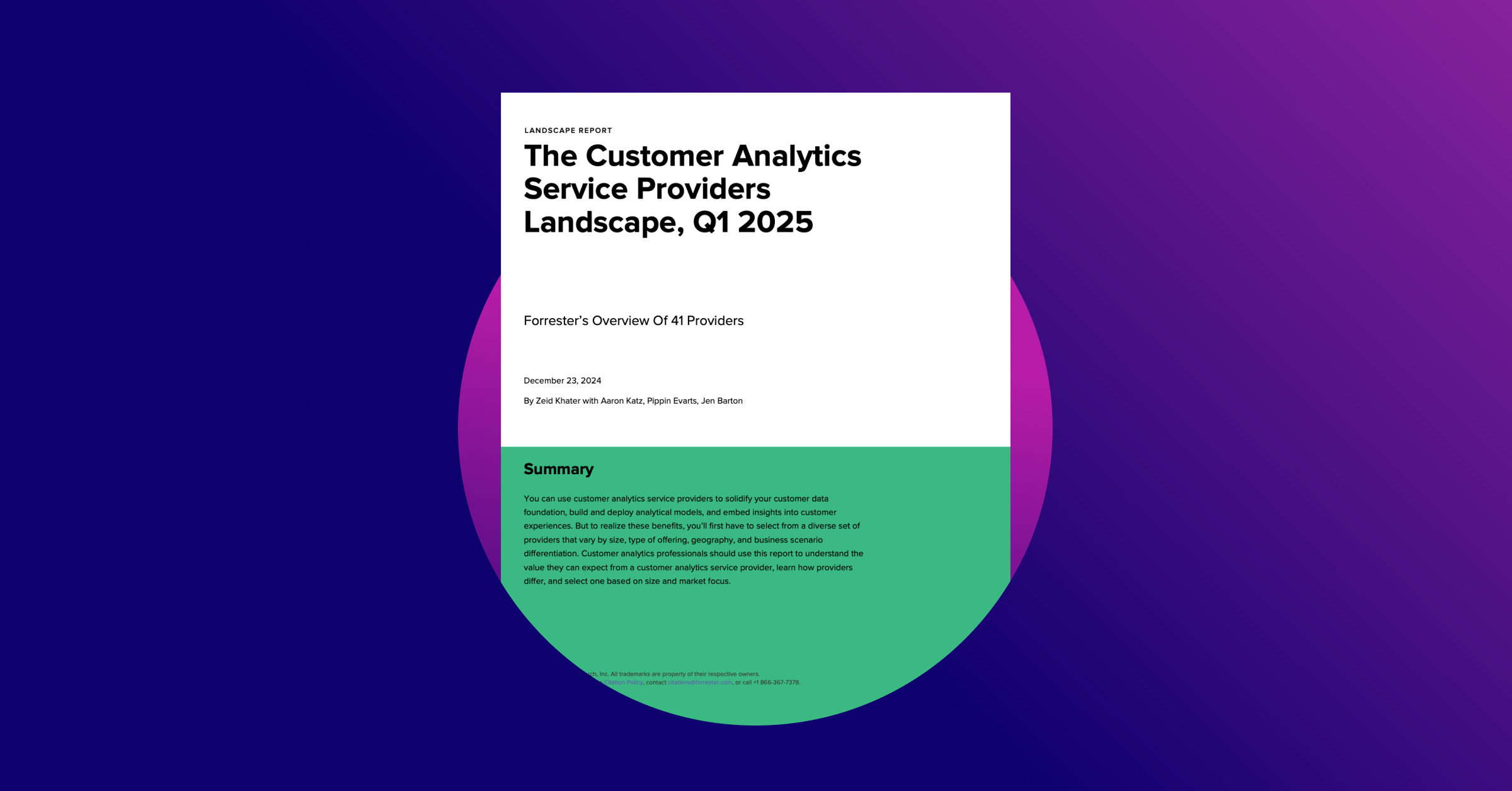Advanced Segments For Member/nonmember

Recently, a reader sent a question to me about ways to create a “member only” segment. He wrote this:
“I was wondering if I can create an advanced filter [emphasis mine] that would create a profile for subscribers (url containing /authenticated/) and non-subscribers?”
I like to use filters and profiles a lot. That is why this reader wrote me, and in his email (not copied fully here), he even referenced blogposts I have written about filters.
However, this particular problem is really a job for Advanced Segments. First, let me explain the issues that one usually faces, then let me explain why they don’t matter here:
The issues: One of the big differences (but not the only difference) between using Advanced Segments vs Profiles/Filters comes into play when you want to look at only specific pages. Example, only pages that include /blog/ or only pages that include /shopping/ etc. With profiles and filters, you can include just those pages. With Advanced Segments, you will get a segment of all visits that included a trip to the page(s) that are being included. Advanced Segments are arguably the most useful when you are looking to segment by type of user: only users who came from India, only users who arrived by an email click, etc.
Why they don’t matter here: This individual, who wrote me, wants to segment between member and nonmember, and notice he pointed out that the difference between them can be easily understood — members are those that visit a page with /authenticated/ in the URL. So all he needs to do is create an advanced segment at the page level, like the screenshot below. When the segment includes only visits to pages that include /authenticated/ in the URL, it really means it includes all visitors who included a trip to one of those pages in their visit. In this case, he will be able to harness the problem of Advanced Segments (it pulls in ALL the pages of a visit if it includes the specified page) and use it to his advantage (he WANTS to see all the pages of those visits.) The result will be that he’ll have an easy-to-create Advanced Segment with retroactive data.
Sidenote: One problem with this solution is that some members might visit the site and not visit a page with “authenticated” in the URL. A better solution might be to create a visitor-level custom variable that would get set whenever a member did visit an authenticated page. That implementation would mean that the member would have his “membership” stored in a cookie on the browser, and it would persist across many visits, including those where he didn’t visit an authenticated page.
Robbin


